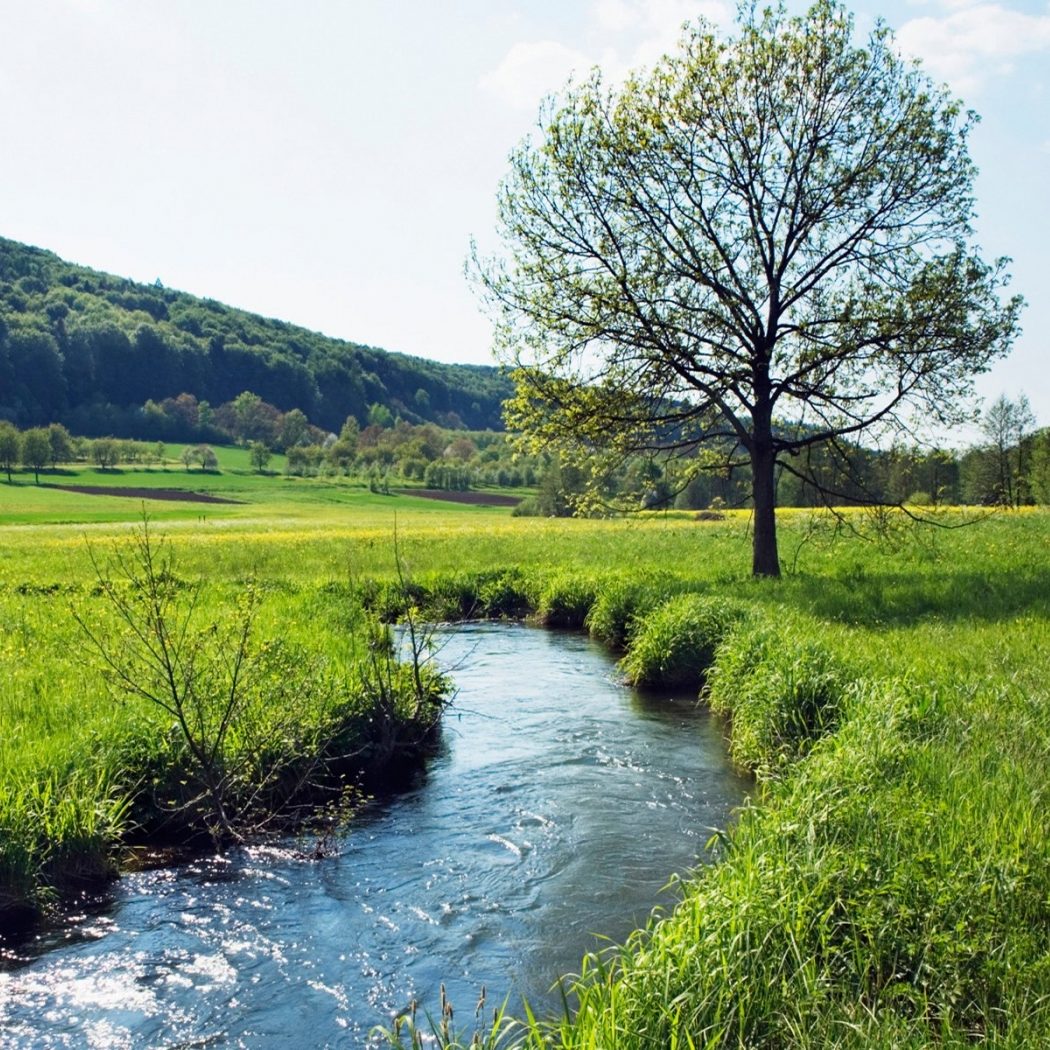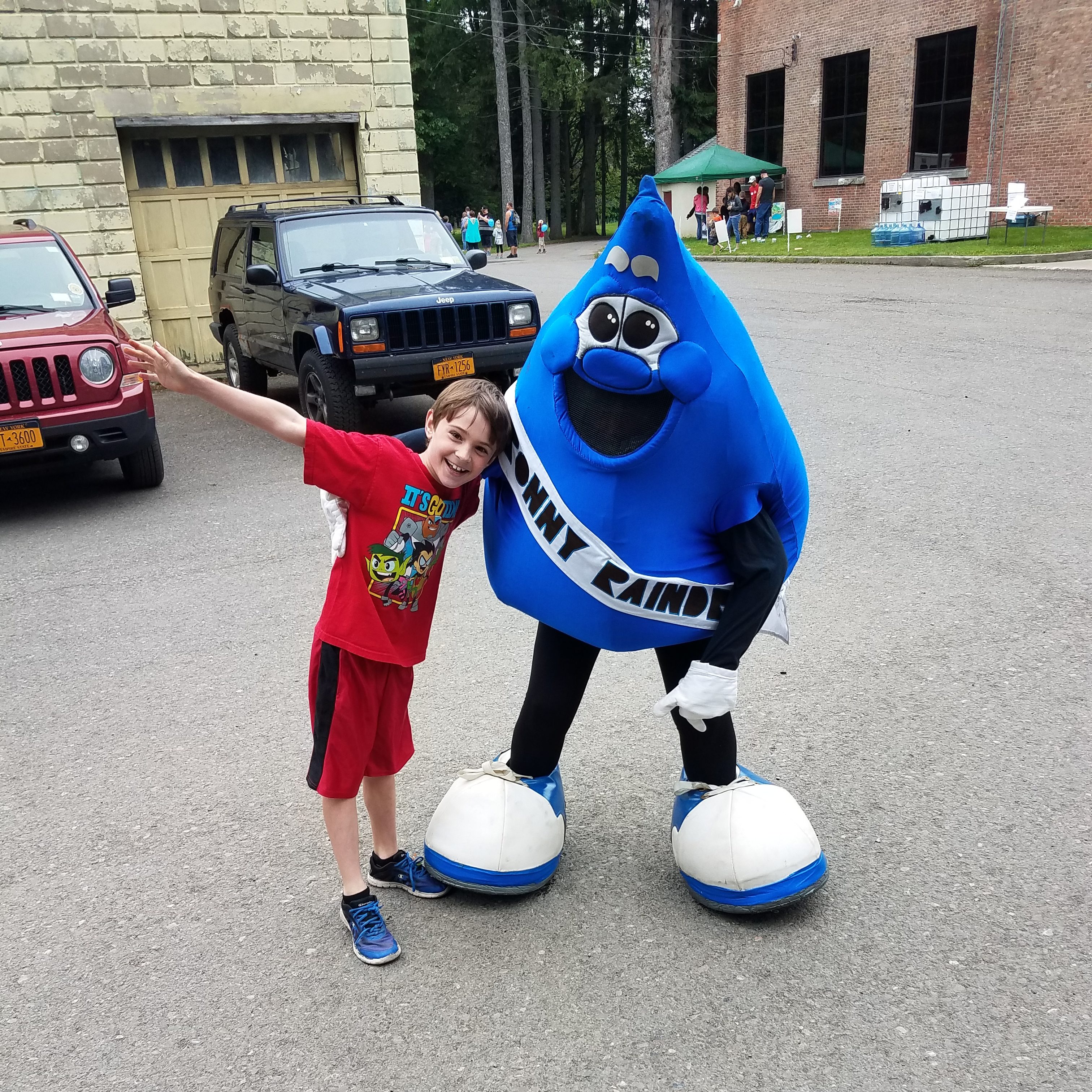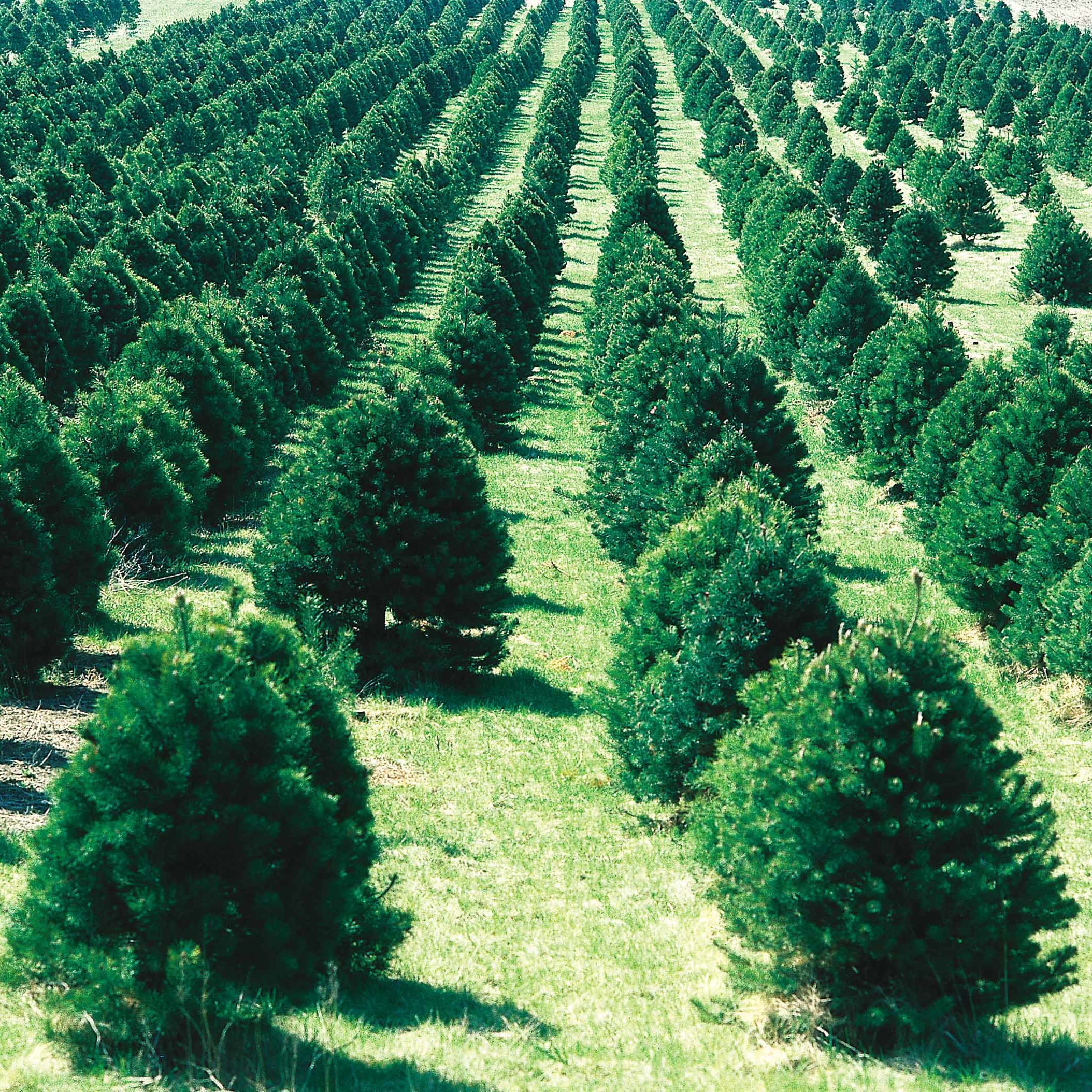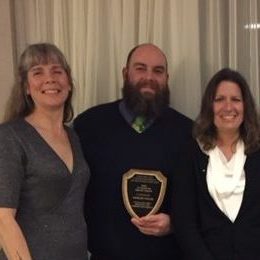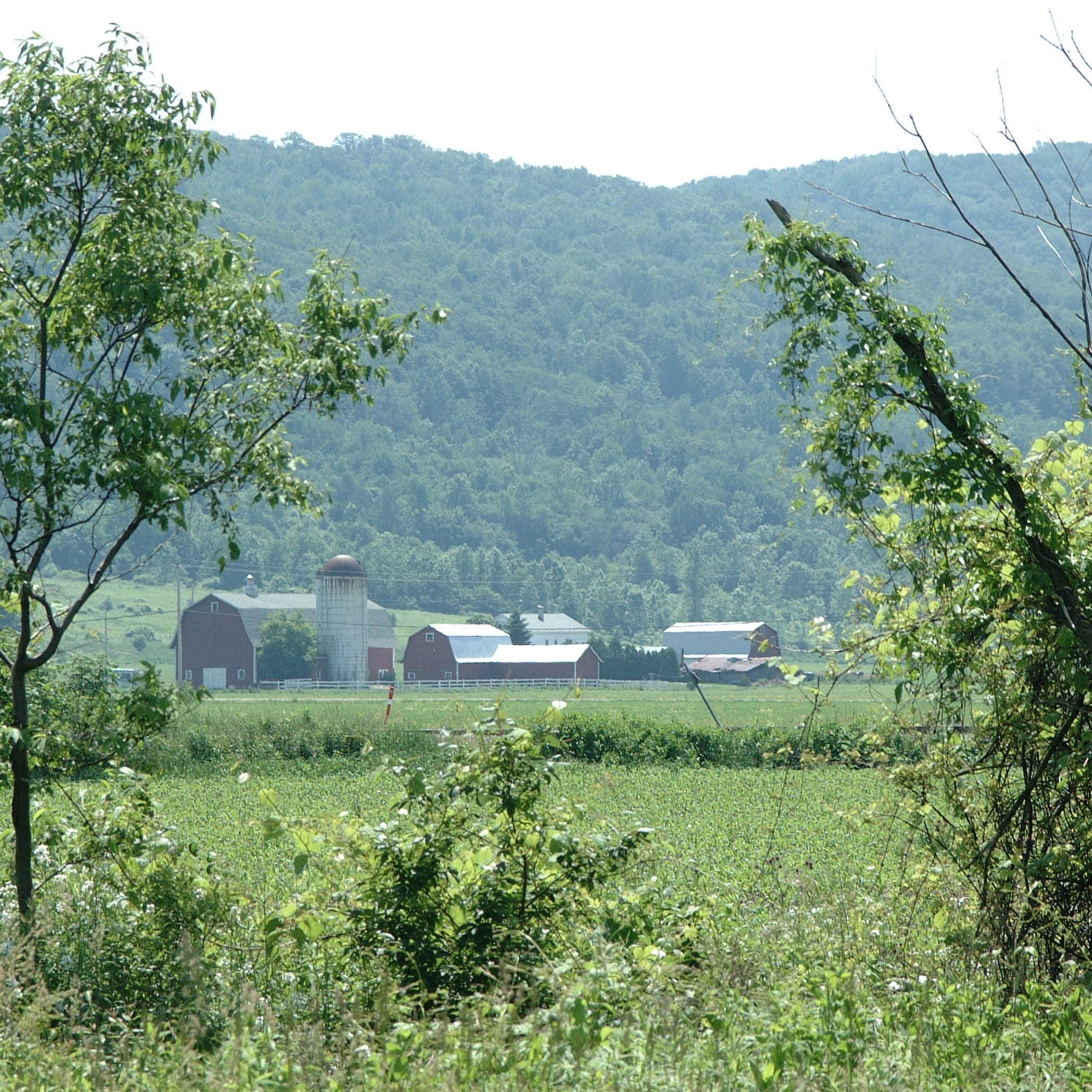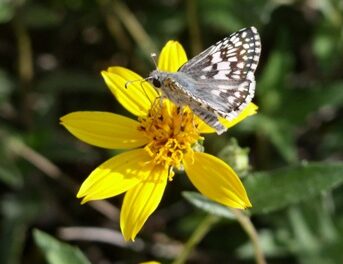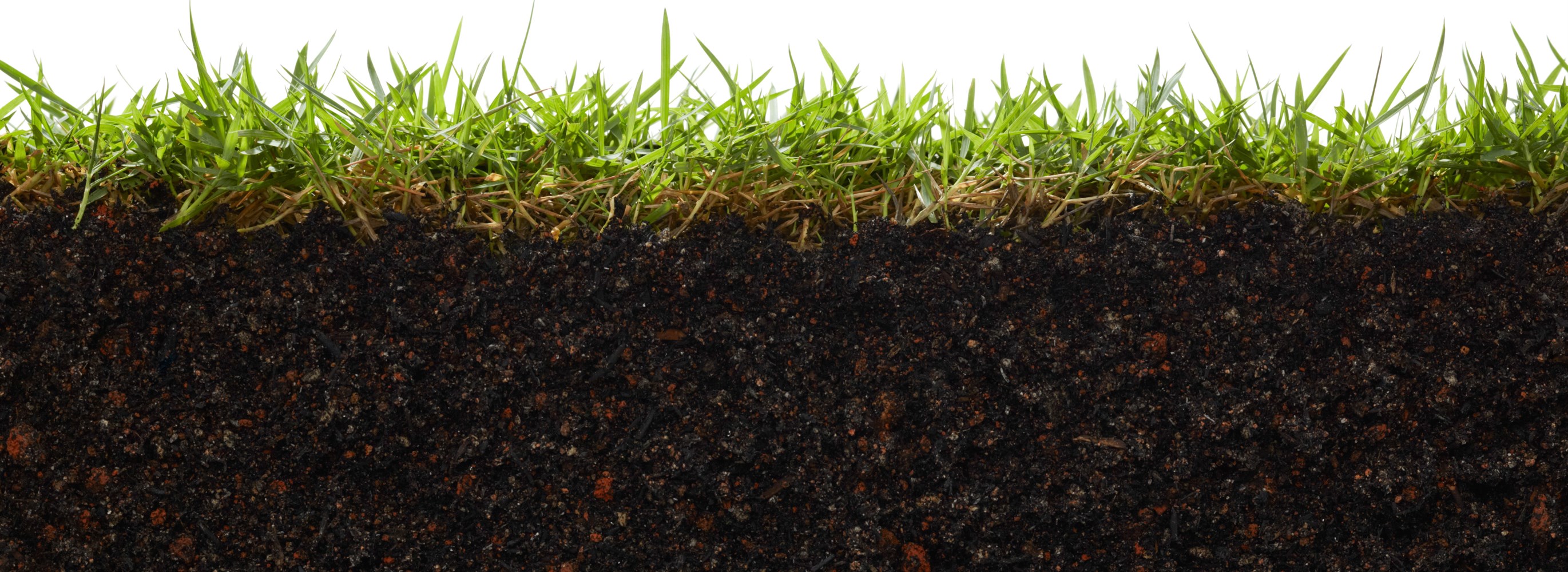By Hanna Whalen
If you’ve been online in the past few months you’ve probably already heard of the Giant Asian Hornet a.k.a “Murder Hornets”. There is no doubt that 2020 has been a rough year for many of us, but fortunately this development is not a major threat. One nest was discovered and destroyed in Washington State 2019, and a few individuals were found this spring, but the diligent Washington State Department of Agriculture still hopes to eradicate them.
These insects have gotten so much attention because of their size, an adult queen is nearly 2” long, the size of an average woman’s thumb. Because of their large size they do have a painful sting, and unlike honey bees they can sting multiple times. But, as long as you don’t have an allergy, a few of their stings are not dangerous. The Giant Asian Hornet is a much larger threat to already declining honeybee populations. Honeybees are important pollinators, crucial for many plants to complete their life cycle, including food crops. They get their nickname because the Giant Asian Hornet is known to attack and destroy entire hives of honeybees, ripping off their heads to feed to their young. It’s pretty gruesome, but we shouldn’t be seeing these jumbo insects in New York State any time soon. There have been some misreported sightings, which turned out to be the European Hornet, an insect that has been in the U.S. for decades. The European Hornet is smaller, about 1” long, with a brown head and indistinct brown banding, while the Giant Asian hornet has a yellow head and distinct black bands. The European Hornet has also been known to kill lone honeybees, but not destroy entire hives.
How did these insects get here? The answer is usually: brought as stowaways in packing materials and landscape plants on cargo ships and planes in the process of global trade. Keep that in mind next time you express ship a new travel coffee mug through Amazon. It’s important to remember how your actions may impact natural ecosystems and to take the necessary steps to stop the spread of invasive species in our own communities, and remember how they connect to the larger world.
If you are interested in learning more about the “Giant Murder Hornets”, there is a public webinar with Washington State Department of Agriculture entomologist Dr. Chris Looney at 10:00am EST June 10th. Click here to register.


